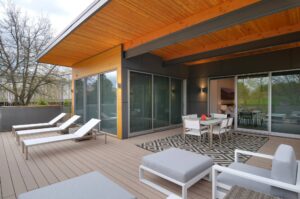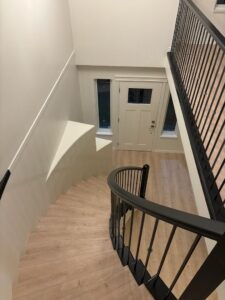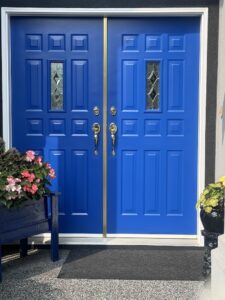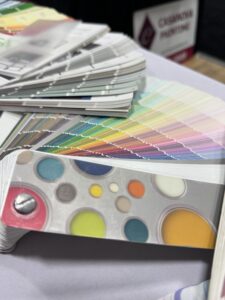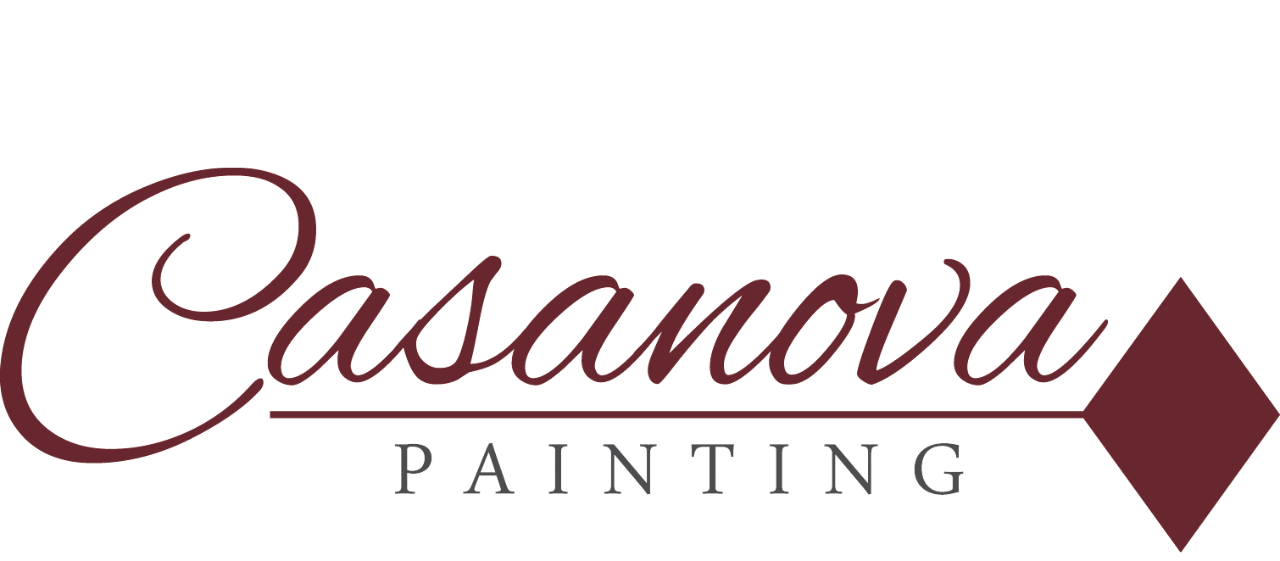The other day I was at the paint store and it occurred to me to ask the friendly clerk what was the most common question they get asked and to my surprise it was “What type of paint should I use?” and it took me aback beacuse to us painters, we never usually ask what paint we should use.
As professional contractors, we have our “to-go” products that we like and never question why we use them. We know we like the coverage, the viscosity, the final results, the durability, or, gosh, even the price, but to answer such a question of What type of paint we should use, we need to dig deeper as this is such a vague, yet loaded questions, so let us begin.
What Type of Paint Should I Use?
When embarking on a painting project, selecting the right type of paint can significantly impact the outcome. With a plethora of options available, it’s essential to make an informed choice to ensure durability, aesthetic appeal, and ease of application. Below, we will explore the different types of paints and their best uses.
1. Latex Paint (Water-Based Paint) – This is the most common type in today’s market and for most jobs in residential and commercial applications, including interior and exterior surfaces.
Pros:
- Easy to Clean: One of the key benefits of latex paint is its water solubility, making cleanup a breeze with just soap and water.
- Quick Drying: Typically dries faster than oil-based paints, reducing downtime.
- Low Odor: Emits fewer volatile organic compounds (VOCs), resulting in less odor and healthier air quality.
Best Uses: Ideal for most interior walls and ceilings due to its ease of application and rapid drying time. It’s also suitable for exterior surfaces, especially those exposed to sunlight, as it resists fading.
2. Oil-Based Paint – We are in Canada and since September 9th, 2010 there has been many regulations on using Oil-Base paints.
Pros:
- Durability: Offers a hard, durable finish that is resistant to wear and tear, making it suitable for high-traffic areas.
- Smooth Finish: Provides a smooth and glossy finish, which is excellent for woodwork and trim.
Best Uses: Commonly used for trim, doors, and high-traffic areas such as hallways and kitchens. Its hard finish makes it suitable for metal surfaces as well.
3. Chalk Paint – Ofthen use for fun DIY projects. Not sold in regular paint stores
Pros:
- Versatility: Known for its matte finish and ability to adhere to almost any surface without extensive prep work.
- Aesthetic Appeal: Popular for creating a vintage or distressed look, adding character to furniture and decorative items.
Best Uses: Perfect for furniture, cabinetry, and decorative pieces. It’s widely used in DIY projects due to its unique, chalky finish.
4. Acrylic Paint – Not to be confused with Latex paints (read above)
Pros:
- Flexibility: More flexible than latex paint, which reduces the risk of cracking and peeling.
- Vibrant Colors: Maintains color integrity and vibrancy over time.
Best Uses: Suitable for both interior and exterior surfaces, including walls, furniture, and crafts. Its flexibility makes it ideal for surfaces that may expand and contract with temperature changes.
5. Specialty Paints
- Epoxy Paint: Best for surfaces requiring a high level of durability, such as garage floors and countertops.
- Enamel Paint: Provides a hard, glossy finish suitable for appliances, trim, and cabinets.
- Hybrid Paint: Since Oil paints cant be hard to come by, manufactures found a way to mix or blend oil with acrilic paints, but remains water clean up. The finish is as nice as oil based paint.
- Urethane Paint: This is probably Casanova Painting an all-time favorite for doors and trims, it is like oil base paint on steroids, it hides well, dries fairly fast, and hardens greatly giving you longer protection to the surfaces.
Now, one thing we did not discuss was the sheen, which is the level of “shine” we should use when choosing the paint. Getting a bit more technical, in essence, it means how the light is reflected at a 45-degree angle against the surfaces where it is being applied. More on how to choose the right sheen on a another post.
Conclusion
Choosing the right paint involves considering the surface you’ll be painting, the desired finish, and the environment in which the paint will be applied. Latex paint is great for general interior use, while oil-based paint excels in durability and smoothness for trim and doors. Chalk and acrylic paints offer unique aesthetic qualities, suitable for specific projects. Specialty paints cater to niche applications requiring additional durability or particular finishes. Now keep in mind when we talk about “What type of paint I should use” we are talking about the type of paint, not the sheen… different meaning to the word “Type”
Ultimately, understanding the properties and best uses of each type of paint will help you achieve a professional and lasting result in your painting project. Happy painting!
For more info, please contact Casanova Painting for a free estimate.

